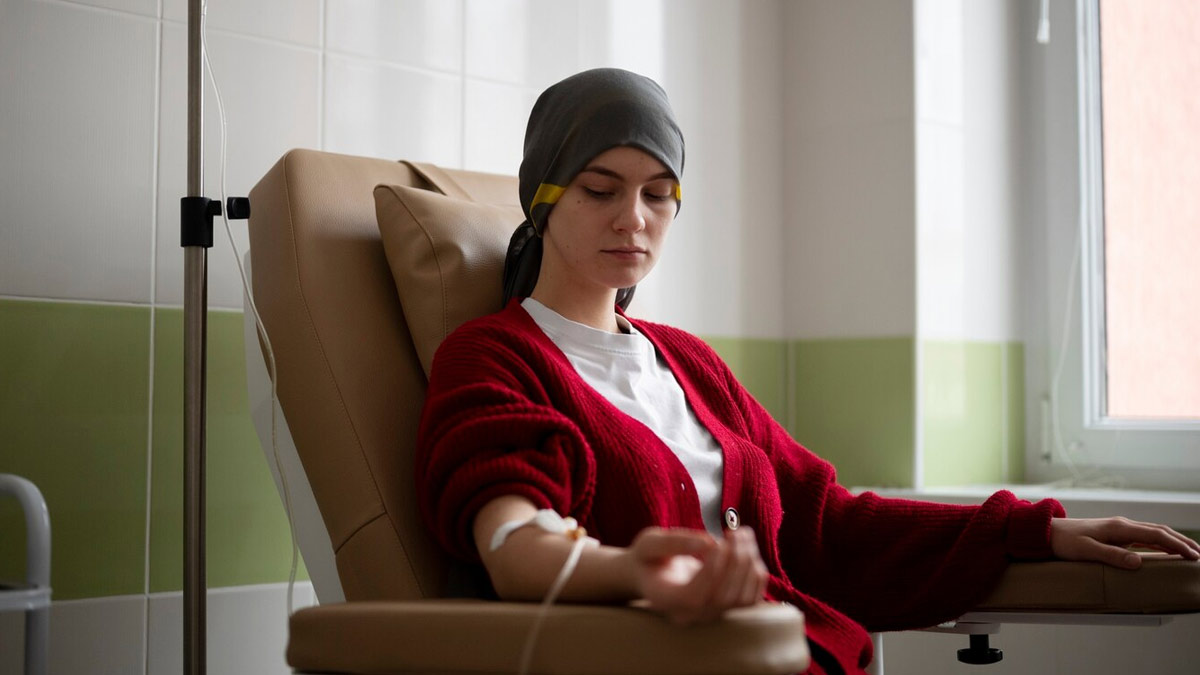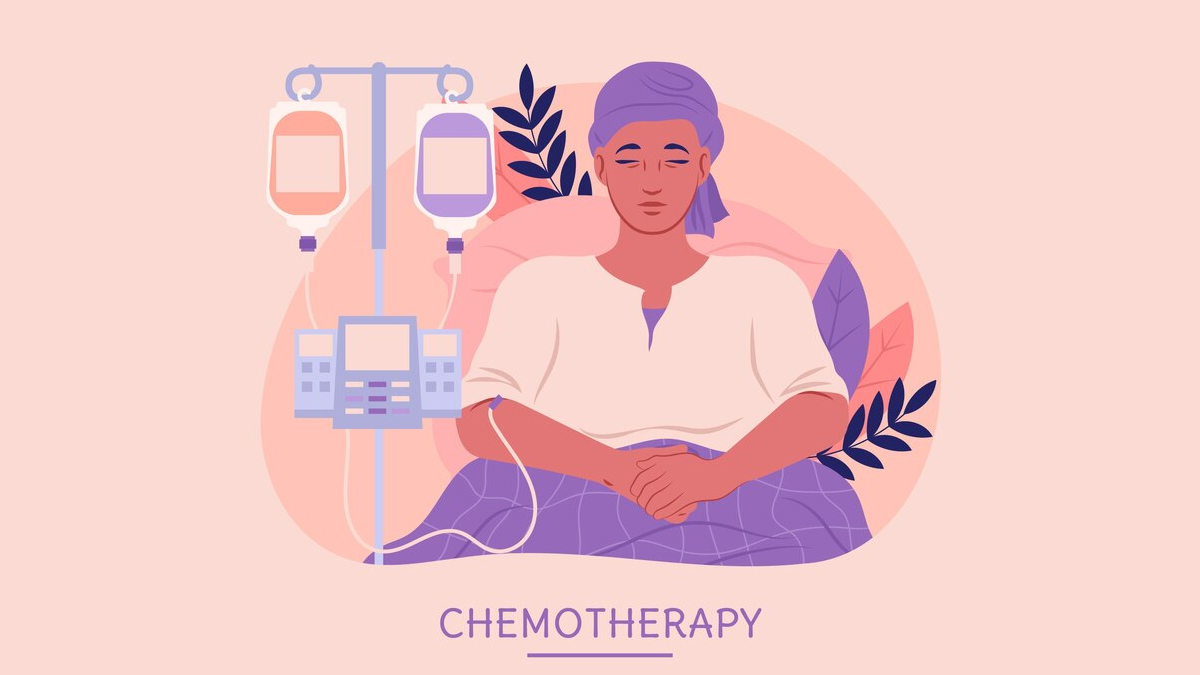
When you hear the word ‘chemotherapy’ it might remind you of hospital stays, strong medications, and difficult side effects. But it's important to view chemotherapy in a more informed scenario, one that recognises its progress towards becoming a more advanced, patient-centred treatment as well as its function in fighting cancer. This implies that the medications penetrate the body as a whole and get to cancer cells wherever they may be. For tumours that have progressed to other parts of the body, this systemic approach is helpful. In order to understand more about this treatment, we reached out to Dr Mohit Saxena - Consultant and Head of the Department - Medical Oncology, Manipal Hospital, Gurugram who shared all the details in the most understandable manner.
Table of Content:-
How is Chemotherapy Done?
“Chemotherapy is administered depending on a whole lot of variables, such as the type of cancer, the stage of cancer, and the drug intended to be used. The most common is intravenous chemotherapy, where the drugs are introduced directly into a vein for its rapid circulation throughout the body. These chemotherapy drugs can, at times, be administered as oral pills or capsules, which would really make it easier for administration at home,” explains Dr Saxena.
Also Read: What is the Difference Between Chemotherapy and Immunotherapy
Other methods are injectable chemotherapy, whereby the drugs are injected into the muscles or under the skin, and topical chemotherapy is directly applied to the skin for types of cancers such as cancer of the skin. Treatment plans are carefully and deliberately tailored depending on the type and severity of the cancer being treated and the patient's general health condition.
What Is the Evolution of Chemotherapy?

Chemotherapy has been through different phases since its introduction in the 1940s. Initially, this treatment was pretty harsh with major side effects of chemotherapy that often outweighed the benefits. However, as medical sciences made rapid strides, the scenario has changed drastically for the good, find the pointers by Dr Saxena below:
- Targeted Therapy: These new chemotherapy drugs are designed to act on specific molecules involved in the growth of cancers, limiting damage to healthy cells. This has helped deliver better results with less notable side effects.
- Combination Therapy: Modern chemotherapies are normally given in association with other treatments like surgery or radiation, or even immunotherapy to improve its effectiveness.
- Personalised Treatment: Genetic tests and biomarkers may enable people to receive more personalised chemotherapy treatment suited to their singular profile regarding the cancer.
- Liposomal & Nano technology: These techniques are developed to reduce side effects of chemotherapy.
Also Read: The First Chemotherapy: Expert Explains What to Expect And How To Deal With It
Who requires Chemotherapy?
Chemotherapy is not a one-size-fits-all drug. It is recommended for some of the following groups:
- Primary Treatment: In some forms of cancer, chemotherapy is the main treatment to cure the disease.
- Adjuvant therapy: The treatment given after surgery, in which chemotherapy is administered to the patient to kill any other remaining cancerous cells, thus reducing its recurrence.
- Neoadjuvant treatment: Administered before surgery or radiation to debulk tumours, thereby making them more able to be treated.
- Palliative care: In far advanced cases of cancers, chemotherapy is instrumental in ensuring that the symptoms are taken care of; the quality of life lived is taken a notch higher, and ultimately, the lifespace is improved.
As of now, chemotherapy has been one of the strongest weapons in fighting cancer, and its continual development has made it more and more effective while less and less exhausting for patients to undergo. From knowledge about the treatment itself to how far it has come, patients and their families can face chemotherapy with more, if at least a little more, confidence and hope. The doctor should be there to guide, support, and take good care of the patient, helping him or her through this complex yet many times life-saving treatment in the best way possible, using patient-centred care that is adapted to the needs of every single patient.
Also watch this video
How we keep this article up to date:
We work with experts and keep a close eye on the latest in health and wellness. Whenever there is a new research or helpful information, we update our articles with accurate and useful advice.
Current Version